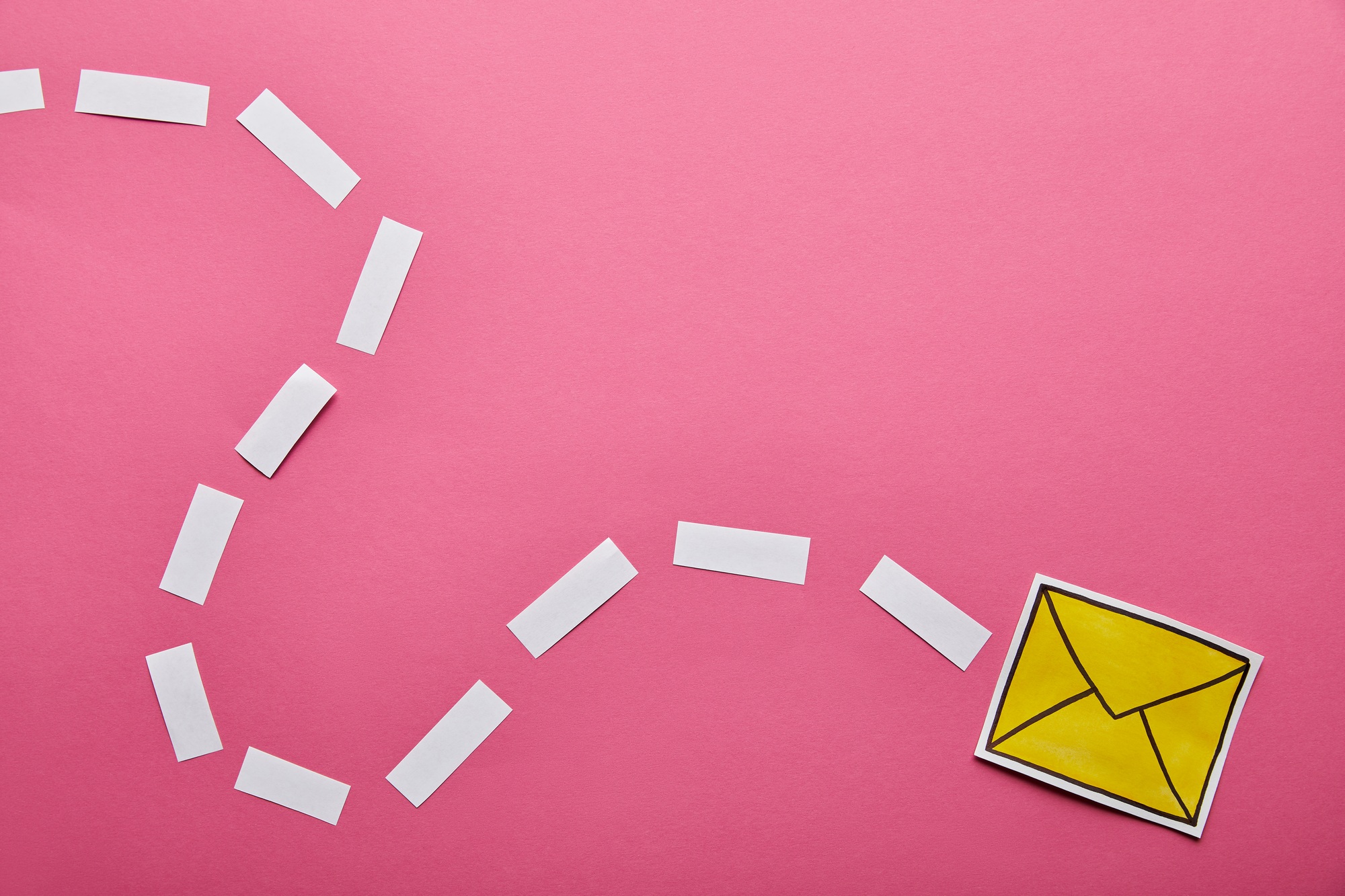Key Takeaways

- Importance of Email Introductions: A strong email introduction is crucial for setting the tone and establishing credibility in both formal and informal settings.
- Types of Introductions: Understand the differences between formal and informal email introductions to tailor your message appropriately for your audience and context.
- Template Structures: Utilize structured templates for networking, job applications, and referrals to create impactful introductions that capture the recipient’s attention.
- Personalization is Key: Personalizing your email introduction by referencing specific details about the recipient enhances connection and relevance, showing that you value their unique contributions.
- Clarity and Brevity: Keep your email introductions clear and concise to maintain the recipient’s interest and improve engagement, especially important for busy professionals.
Crafting the perfect email introduction can set the tone for your entire message. Whether you’re reaching out for a job opportunity or connecting with a new client, the way you present yourself matters. A strong introduction not only grabs attention but also builds rapport and establishes credibility.
In this article, you’ll discover practical email introduction examples that you can tailor to fit your needs. From formal business settings to casual networking, these templates will help you create impactful openings that resonate with your audience. Get ready to enhance your email communication skills and make lasting impressions with every message you send.
Types Of Email Introductions

Email introductions vary based on context and audience. Understanding these types helps you craft messages that resonate with your business goals.
Formal Email Introductions
Formal email introductions convey professionalism. When reaching out to potential clients or partners, start with a polite greeting and establish your identity.
- Identify Yourself: “My name is [Your Name], the owner of [Your Small Business].”
- State Your Purpose: “I’m reaching out to explore potential collaboration opportunities.”
- Provide Context: “I learned about your company through [source], and I admire your work in [specific area].”
- Include a Call to Action: “I would appreciate the chance to discuss this further at your convenience.”
Using this structure promotes clarity and establishes credibility.
Informal Email Introductions
Informal email introductions build a friendly rapport. These are suitable for networking or reaching out to acquaintances.
- Use a Casual Greeting: “Hi [First Name],”
- Share Your Connection: “I hope this message finds you well. We met at [event] last month.”
- Express Interest: “I wanted to reconnect and discuss your experience with [topic].”
- Invite Engagement: “Let’s grab coffee soon to catch up!”
This approach encourages open communication and helps foster relationships vital for running a small business.
Effective Email Introduction Examples

Effective email introductions set the tone for your message, ensuring clarity and engagement. Here are practical examples tailored for small business scenarios.
Networking Emails
Networking emails should create a personal connection. Use the following structure to invite collaboration or explore synergies.
- Subject Line: “Hi, my name is [insert name], and I’d love to connect.”
- Email Body:
Dear [Recipient's Name],
My name is [Your Name], and I'm reaching out as I'm excited to connect. I admire your work in [specific area] and believe opportunities exist for us to collaborate.
Looking forward to your thoughts.
Best regards,
[Your Name]
[Your Contact Information]
This format emphasizes shared interests and encourages dialogue, crucial for running a small business.
Job Application Emails
Job application emails require a professional tone. Clearly state your intention and qualifications.
- Subject Line: “Application for [Job Title] – [Your Name].”
- Email Body:
Dear [Hiring Manager's Name],
I’m [Your Name], and I'm applying for the [Job Title] at [Company Name]. With [X years] of experience in [Your Field], including [mention key achievements or skills], I believe I can contribute to your team effectively.
Thank you for considering my application. I look forward to discussing my suitability for this role.
Sincerely,
[Your Name]
[Your Contact Information]
This approach highlights your qualifications and shows respect for the recipient’s time.
Referral Emails
Referral emails should mention the mutual connection to enhance credibility. Use this format to leverage referrals effectively.
- Subject Line: “Introduction via [Referrer’s Name].”
- Email Body:
Dear [Recipient's Name],
My name is [Your Name]. [Referrer’s Name] suggested I contact you regarding [specific reason]. With my experience in [Your Field], I believe our conversation could be mutually beneficial.
I appreciate your time and look forward to connecting.
Best,
[Your Name]
[Your Contact Information]
Incorporating a referral adds weight to your introduction, making it more compelling for small business interactions.
Tips For Crafting Your Email Introduction

Crafting an effective email introduction sets the tone for your communication, especially when running a small business. Here are essential tips to enhance your email introductions.
Personalization
Personalization matters in email introductions. Research your recipient’s role, interests, and background by reviewing their LinkedIn profile or company website. Mentioning specific projects or achievements can make your email more relevant. Tailoring your introduction creates a stronger connection and demonstrates that you value their unique contributions. For instance, if you’re reaching out to a potential client, referencing their latest product launch can spark interest and show your attentiveness.
Clarity And Brevity
Clarity and brevity enhance understanding. Use a clear subject line that reflects the email’s intent, such as “Collaboration Opportunity for Your Recent Campaign.” Start your email with a direct greeting, addressing the recipient by name for a personal touch. State your purpose early, keeping your sentences concise to hold their attention. Avoid unnecessary details; if your introduction is focused and straightforward, it resonates better with busy professionals, making them more likely to engage with your message.
Conclusion

Mastering email introductions can significantly enhance your communication skills. With the right approach you can grab attention and foster meaningful connections. Remember to tailor your introduction based on context and audience whether you’re reaching out for a job opportunity or networking with potential clients.
Utilizing the examples and tips provided will help you create impactful introductions that resonate with your recipients. Personalization clarity and brevity are key elements to keep in mind as you craft your messages. By applying these strategies you’ll not only improve your email introductions but also build stronger professional relationships.
Frequently Asked Questions
Why are email introductions important?
Email introductions are crucial because they set the tone for the entire message. A strong introduction grabs the recipient’s attention, builds rapport, and establishes credibility, making it easier to connect and engage effectively.
What are the key elements of a formal email introduction?
A formal email introduction should include a polite greeting, identification of the sender, a clear statement of purpose, contextual information, and a call to action. This structure promotes professionalism and clarity.
How should informal email introductions be structured?
Informal email introductions should start with a casual greeting, express interest, build rapport, and invite engagement. This friendly approach helps establish a personal connection with the recipient.
Can you give examples of effective email introductions for networking?
For networking emails, express admiration for the recipient’s work and suggest collaboration. Mentioning shared interests or connections can help create a compelling introduction and foster a friendly tone.
What should be included in job application email introductions?
Job application emails should clearly state your intentions and qualifications. Keep the tone professional and concise to respect the recipient’s time while highlighting your relevant skills and experiences.
How can personalization enhance email introductions?
Personalization involves researching the recipient’s role and interests, which can create a stronger connection. Tailoring your message increases engagement and shows that you value the recipient’s time and attention.
What are some tips for crafting effective email introductions?
Key tips include personalizing your email, being clear and concise, and using a relevant subject line. These strategies help busy professionals engage more effectively with your message and foster positive communication.
Image Via Envato: LightFieldStudios, coolhand1180, prathanchorruangsak, Olena_Rudo, Rawpixel



